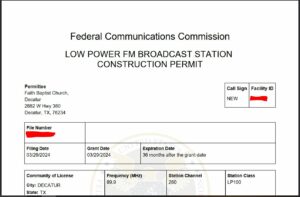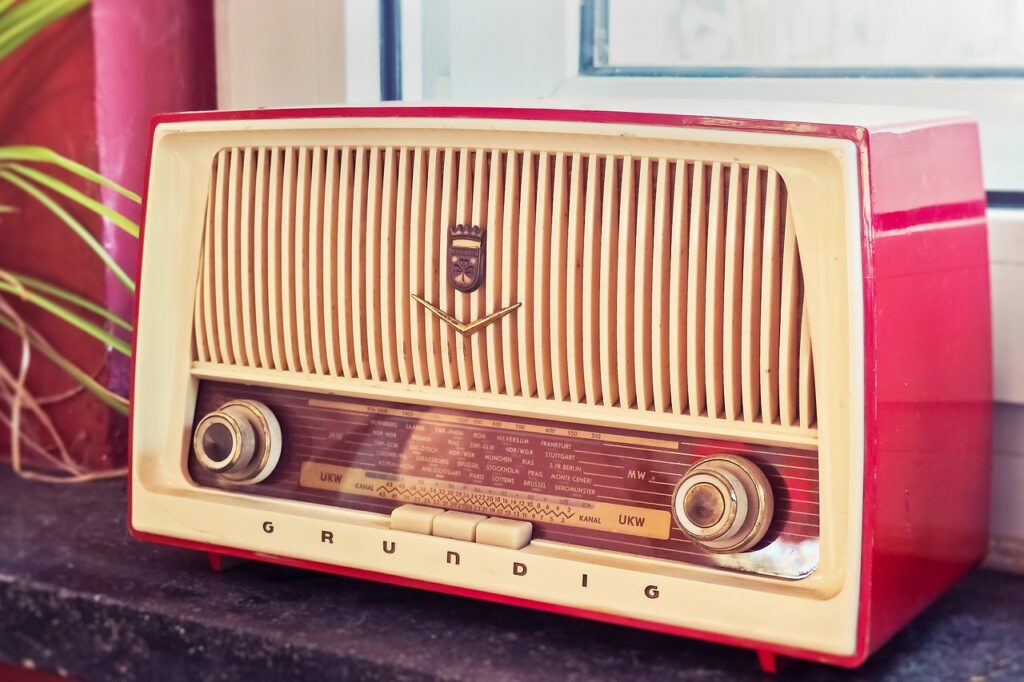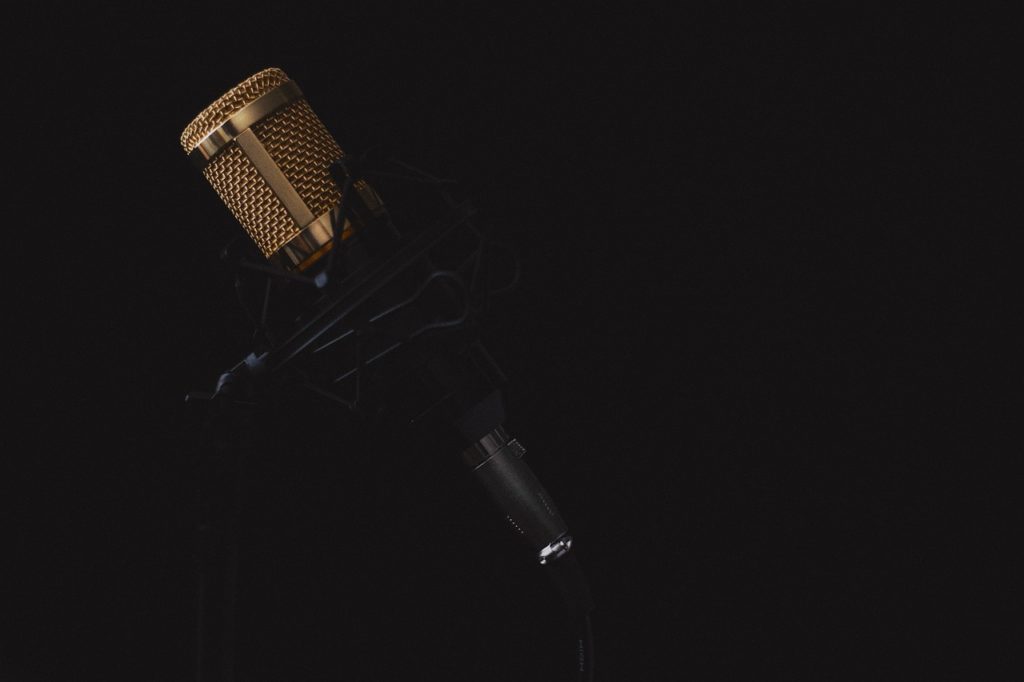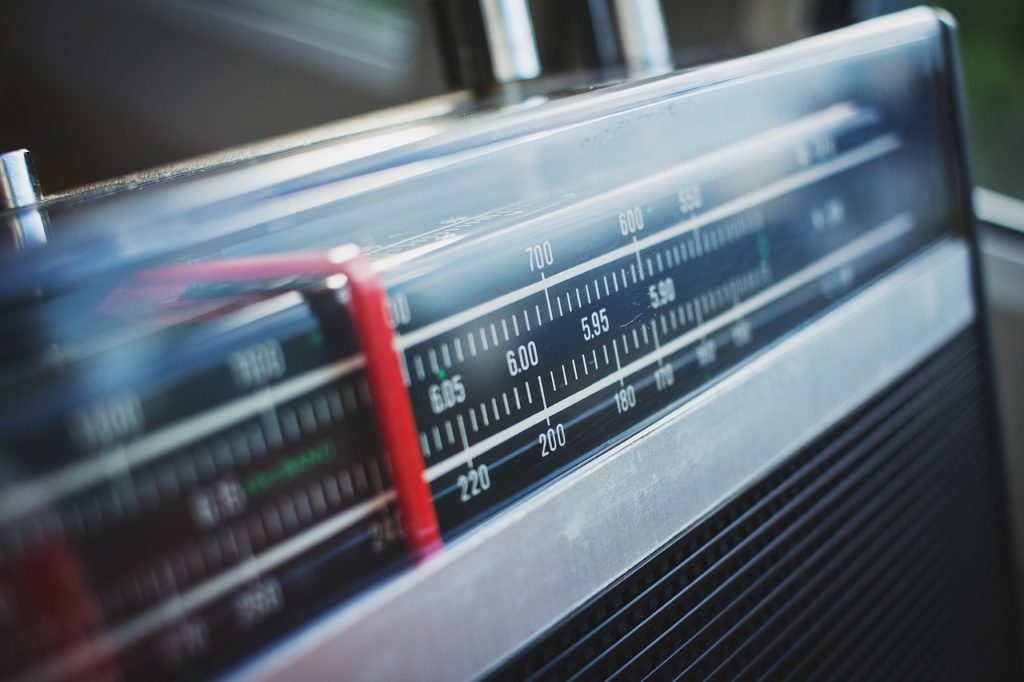This is Part III in a series of posts that I will document my church’s journey in starting a LPFM radio station. Read Part I here. Read Part II here. Part III here.
Quick Update
I have been purposefully vague regarding details of our radio station application. Part of this is because of the general uncertainty of the application process and part because the information is freely available if you search the FCC website. But we are at the point now that I feel comfortable be a bit more open.
Our LPFM application was filed in the December 2023 filing window. On January 3, 2024, it was “approved for filing”, which meant it survived a cursory examination by the FCC. This also started a 30-day public comment period, during which nothing was filed regarding our application. So, beginning in early February I obsessively checked on the status of our application. Seriously, I checked multiple times a day and I had alerts set up through the Distill Web Monitor if something changed on the application web page. I continually refreshed FCC.today to see if ours appeared. I saw several other applications approved for their Construction Permits, including a few other churches working with the same people we are.
On March 29, 2024, we received an email from the FCC that we needed to file an amended application because the name of the church was not exactly the same as our incorporated name. To be honest, I thought this could have sunk our application because the FCC is very particular about errors. This one must not have been that big of a deal. I saw another church have to do the same thing. By noon the amended application was filed.
I did not expect anything else any time soon. I checked our church email about three o’clock that afternoon and saw an email from the FCC. The subject line read “Attached is a copy of authorization for application file number:XXXXXXXXXX facility ID number:XXXXXX.”, but with the numbers of our application and site ID instead of X’s. The content of the email was just a URL. I wasn’t sure what all that meant so I clicked the link and…

That, my friends, is a Construction Permit. That means WE HAVE A RADIO STATION!!!! Well, it technically means we have 36 months to get a station on the air. This is THE biggest step in the entire process. We can do amendments if we need to change things, for example, like if we decided to put our tower up in a different location. But the Construction Permit means you are able to get a station up and on the air according to the details in the permit.
As obsessively as I have tracked this application, I can’t believe that I missed it and only saw it when we got the email. In fact, I wish I knew that I would get an email! That would have simplified my monitoring immensely.
Next Steps
There are many things you simply cannot do until you have a Construction Permit. Once you have it, you can:
- Claim an available call sign for your station.
- Purchase a transmitter (you cannot legally do this without a Construction Permit).
- Erect a tower and install an antenna.
Before putting up a tower, you will need to make sure you have any necessary permits to do so. Check with your city and county on this. You also need to check with the FAA, especially if you are near an airport.
Looking Ahead
I think I have covered most of the basics regarding what LPFM is and the application process. As we move forward I will continue to update with information I gather or learn along the way.
One of my goals is to compile a list of available radio programs for LPFM stations that are fundamental or conservative in nature. I have started a list of ones I am interested in for our station, but not everyone will want the same “flavor” of programming that I am looking for.
I am also going to start preparing a few different programs. One will be sermons from our church, which I already distribute as a podcast. Two others I am considering are an updated form of my old Baptist History Spotlight podcast and a new “Baptist Basics Broadcast” that will be Bible teaching recorded in a studio setting.





